When you throw out food you’re throwing away your hard-earned cash along with it. Then you’re back the grocery store the following week, destined to repeat this vicious cycle all over again. The good news? Stopping this saga can be as easy as sorting out your storage situation. Sure, milk goes in the fridge, but what’s the optimal spot for it? How do you get that dang basil to stay fresh for more than a day? Where do you keep wine, especially an open bottle? So, to save a few bucks, and to reduce food waste, here are ten handy food storage tips!

1. How to Store Avocadoes
If you were stranded on a desert island and could eat only one food for the remainder of your days, what would you choose? For me, it’s probably avocadoes. We love avocadoes in my home. The trouble is, much like bananas, avocadoes are quite finicky to store. Here’s what you want to do: Get them out on the counter when they’re unripe and leave them there for a couple of days. Keep an eye out for signs of ripeness, like darkened skin and softening to the (light) touch. You can also test the stems—if they pop off with ease, your avocadoes are ripe and ready to eat! Now ask yourself, will I eat these in the next day or two? If your answer is yes, leave them where they are. If your answer is no, place them in the fridge, where they can retain optimal ripeness for about a week.

2. How to Store Blueberries
Blueberries are pricey, so it’s important to take care of them properly so you can actually eat them, instead of throwing them in the garbage—which is a tragedy, if you ask me. Most berry packages will come with an absorbent pad at the bottom. Its purpose is to pull excess moisture, which promotes mold growth, away from the berries. If your package does not come with an absorbent pad or if you notice the pad is soaked through, you can make your own. All you need to do is line the bottom of a container with a piece of paper towel. That’s about it! While we’re on the topic of moisture, I know it can be tempting to pre-wash or batch-wash berries, but always only wash as many as you’ll eat right before you eat them. In the interim, keep them refrigerated.
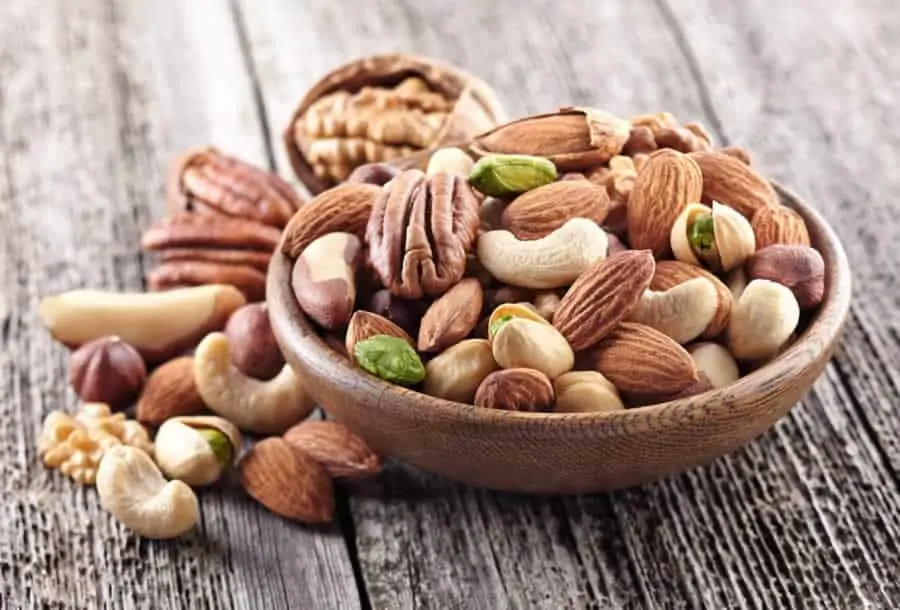
3. How to Store Nuts
Cashews, pecans, almonds, pistachios: They seem tough, but nuts have a sensitive side. They can go bad if stored improperly. Because nuts contain quite a bit of natural oils, they can go rancid—meaning, they will smell gross and taste even worse. The best way to keep your nuts fresher longer is to minimize their exposure to light and heat, which speed up spoiling. So pop your nuts into a quality airtight container and place them in the fridge or, if you have a bulk amount, in the freezer.
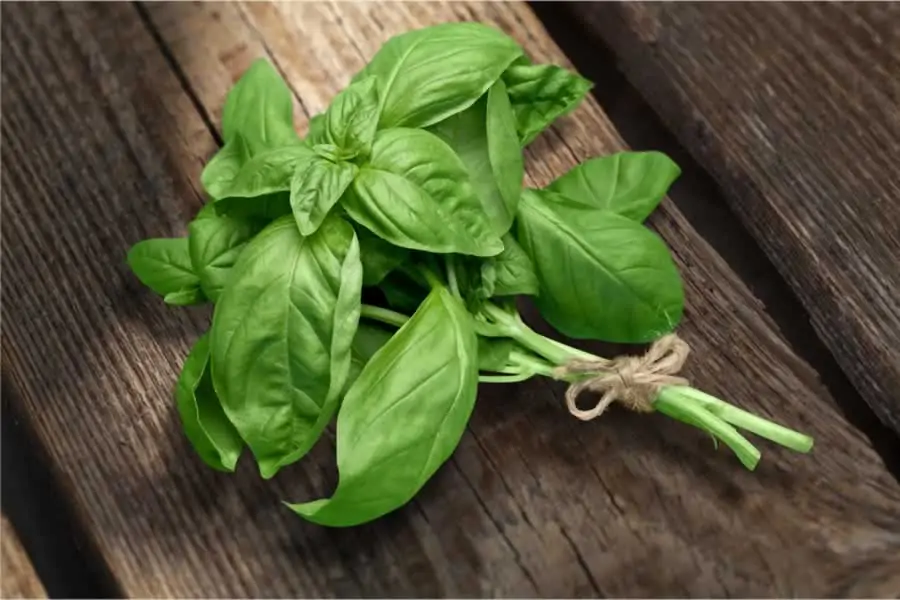
4. How to Store Basil
Like so many other herbs, basil’s freshness seems forever fleeting. You buy it one day and it’s already wilting the next. Instead of keeping it in the fridge in that plastic bag or package, think of basil more like a cut flower. Fill a small container or glass with about a quarter inch of water and prop the basil stems inside. Keep this basil bouquet out on the counter. It will act as a decorative plant and you’ll be able to keep an eye on when the water needs replacing. Using this method, your basil will keep for about a week. You may also want to try a specialty herb storage solution. Better yet, you may want to consider buying a basil plant. Simply position it in a spot with good sunlight, give it some water and you’ll have beautiful fresh basil all year-round—truly a purchase that keeps on giving!
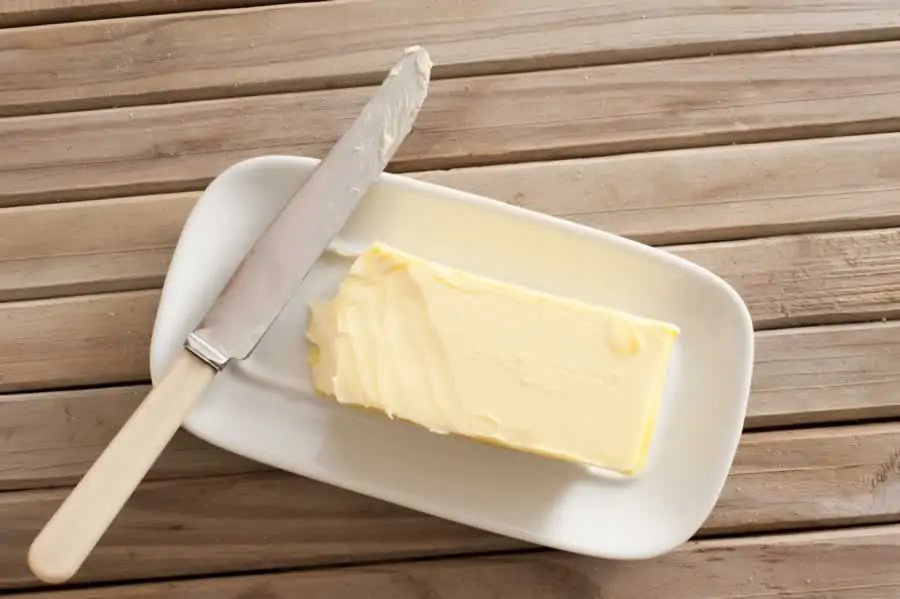
5. How to Store Butter
Putting a cold piece of butter on a piece of toast is a total bread-and-butter buzzkill. You want spreadable, room-temperature butter. But if you keep a whole brick of butter out on the counter or in the cupboard, some of it invariably ends up in the trash. That’s why Chad and I cut a small piece of butter off, place it in a butter dish and leave it out. That way, we always have soft butter at the ready. The rest of the butter goes in the fridge so that it’s cold and preserved. With this one, you really need to assess your household’s butter usage and slice accordingly. Another thing to keep in mind is salinity—salted butter will keep longer unrefrigerated than unsalted.
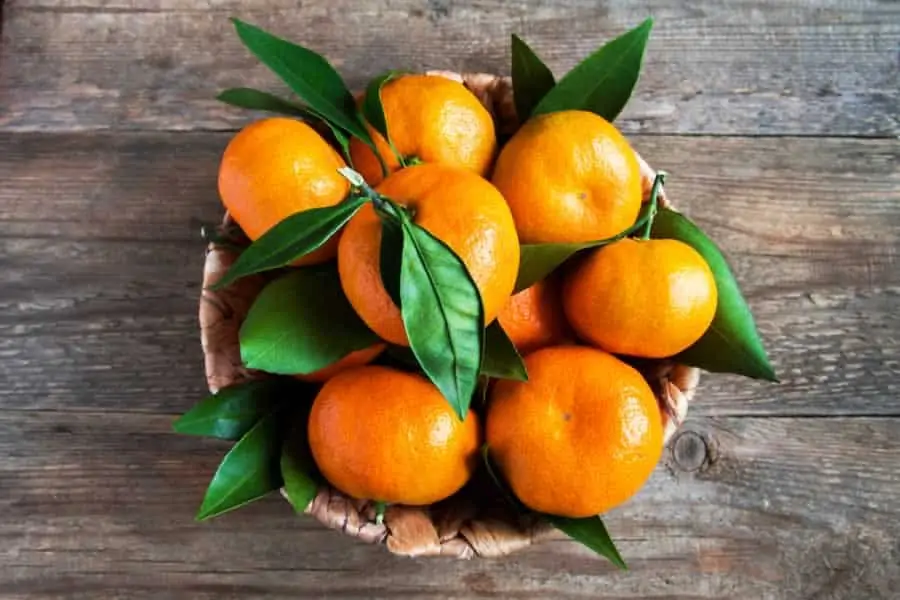
6. How to Store Tangerines
I know it feels like the right thing to do is to store tangerines and oranges in the fridge, but I’m here to tell you they belong on the counter, plain and simple. Bonus: Storing these citrus fruits in plain sight makes it super convenient for you to grab them as a snack on the go, encouraging healthy eating.

7. How to Store Ginger
Ginger is not something that should just be tossed in the crisper when you’re not using it. You want to keep it dry and minimize air exposure. So every time you pull it out to cut a piece off, pat the cut end dry with some clean paper towel, then place it in a zippered plastic bag and suck out all the air before sealing it shut. Now, if you tend to grate your ginger, here’s a hot tip from hotshot Canadian chef Michael Smith: Freeze some peeled ginger and take it out as need be—it will become firmer, making it easier to grate.
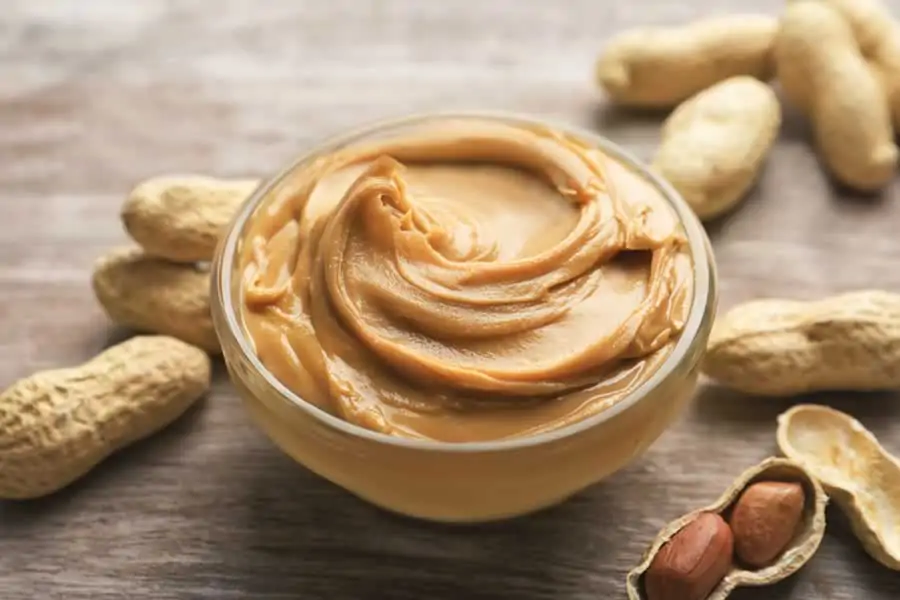
8. How to Store Peanut Butter
I have no hard stats on this, but I think many of us can agree that peanut butter is one of the most delightful foods in the world! However, there’s a lot of contention about whether to keep it in the cupboard or in the fridge. In my personal experience, as long as your peanut butter is in a cool, dark place—especially if your butter of choice includes high levels of salt and preservatives—you’re good. However, if you don’t use the peanut better often (by feats of self-control I am incapable of), you may choose to store it in the fridge.
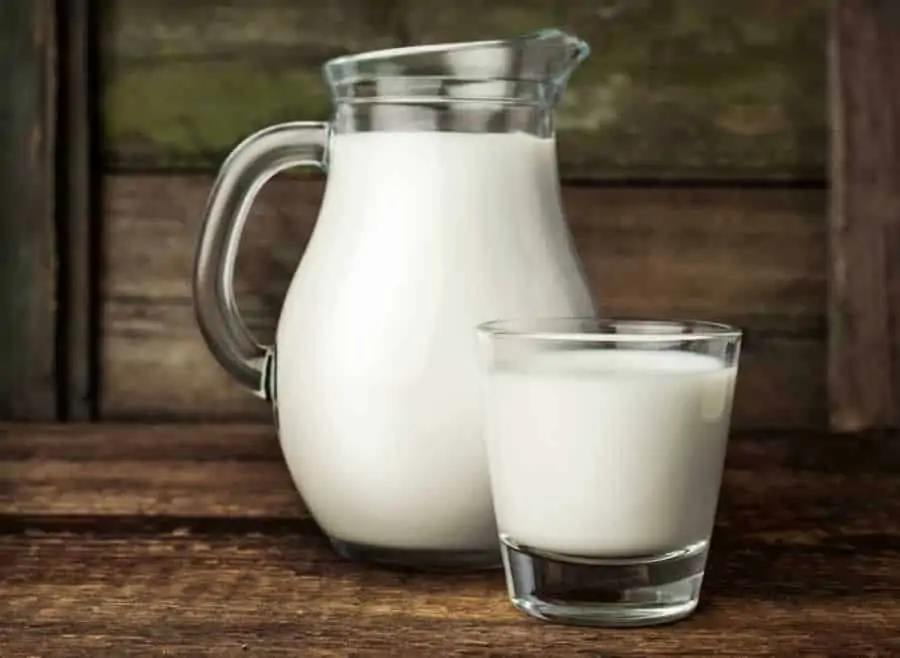
9. How to Store Milk
Of course, milk needs to be refrigerated, but what is the most optimal location for it in your fridge? I’ll start by telling you the least ideal spot: the door. It’s true! Though milk so often ends up in one of the beverage compartments on the door, that’s actually the warmest part of the fridge, and, as such, the last place you should be storing it. You want to place milk at the very back of your refrigerator, as far from the opening as possible. Depending on your model and where the freezer is located in relation to the fridge, the coolest place is generally either on the very top shelf or at the bottom, just above the crisper drawers. Now let’s say you buy a lot of milk at one time, maybe it’s on sale (I mean, who doesn’t love a good sale?) and you’re not going to get through it all at once—you can store in the freezer. It’ll keep for several months without losing its nutritional value or flavor.

10. How to Store Wine
I can’t hide it: I love wine. In fact, until recently, I used to keep it on display in my kitchen in a glass-front cabinet. Between the artificial light that the cabinet is fitted with and the sunlight filtering in through the window, my wine was getting a lot of light and heat exposure. But I learned that wine keeps best in just about the opposite conditions: a cool, dark place. If you have a cold room, move your wine in there. If not, find a spot for it in a cool cabinet with an opaque door. What to do with leftover wine? Pop the cork back in and place it in its cool, dark spot, tilting it slightly if possible. Then, make sure you consume it within three or four days (after that point, your wine starts to turn).
What are your food storage challenges? Let me know in the comments below.
Looking for a BETTER & EASIER Way to Clean Your Home?
Cleaning Expert Melissa Maker is here to help with her game-changing 3 Wave Cleaning System that will help you clean your house faster and easier than you ever thought possible!


















thank for the information